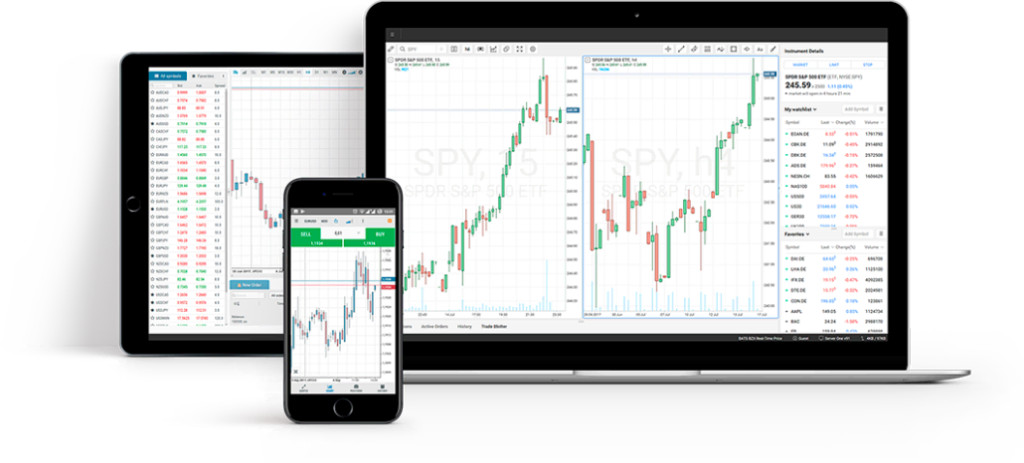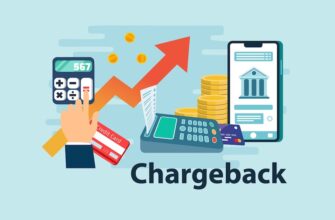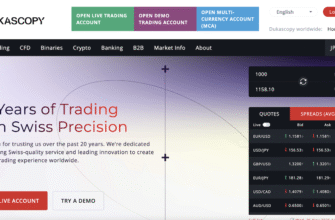In the vast world of online trading, ensuring the legitimacy of a forex broker is paramount. With numerous platforms available, distinguishing between trustworthy brokers and potential scams can be challenging. This guide provides a comprehensive approach to verifying a forex broker’s credibility, helping you trade with confidence and security.

- Check Regulatory Compliance
- Why Regulation Matters
- How to Verify Regulation
- Evaluate the Broker’s Website
- Transparency Indicators
- Red Flags
- Research the Broker’s Reputation
- Client Reviews and Feedback
- Media Presence
- Test Customer Support
- Review Trading Conditions
- Account Types and Features
- Demo Accounts
- Understand Deposit and Withdrawal Policies
- Verify Educational Resources
- Check for Awards and Recognitions
- Assess Platform Security
- Start with a Small Investment
- Conclusion
Check Regulatory Compliance
Why Regulation Matters
Regulated brokers adhere to strict standards set by financial authorities, ensuring transparency and accountability. Trading with a regulated broker offers protection against fraudulent activities and ensures that your funds are handled responsibly.
How to Verify Regulation
• Identify the Regulatory Body: Common regulators include:
• FCA (UK)
• CFTC (USA)
• ASIC (Australia)
• CySEC (Cyprus)
• Visit the Regulator’s Website: Use official websites to verify the broker’s license number and status. For example:
• FCA: https://register.fca.org.uk
• CFTC: https://www.cftc.gov
• Use Verification Tools: Platforms like FINRA BrokerCheck provide detailed information about brokers’ regulatory status and history.
Evaluate the Broker’s Website
Transparency Indicators
A legitimate broker’s website should clearly display:
• Company Information: Registered address, contact details, and company registration number.
• Regulatory Details: License numbers and links to regulatory bodies.
• Terms and Conditions: Comprehensive documents outlining trading terms, fees, and policies.
Red Flags
Be cautious if the website:
• Lacks clear contact information.
• Has numerous grammatical errors or broken links.
• Offers unrealistic promises, such as guaranteed profits.

Research the Broker’s Reputation
Client Reviews and Feedback
Gather insights from other traders by:
• Reading Reviews: Platforms like FxVerify offer verified user reviews.
• Participating in Forums: Communities such as Forex Factory and Reddit’s r/Forex provide firsthand experiences.
Media Presence
Legitimate brokers often have a presence in reputable financial news outlets. Check for articles, interviews, or mentions in trusted publications.
Test Customer Support
Reliable customer support is a hallmark of a trustworthy broker.
• Response Time: Reach out via email or live chat to assess how promptly and effectively they respond.
• Knowledgeability: Ask specific questions about their services to gauge the support team’s expertise.
Review Trading Conditions
Account Types and Features
Examine the broker’s offerings:
• Account Types: Ensure they provide accounts suitable for your trading level.
• Leverage Options: Be wary of excessively high leverage, which can indicate higher risk.
• Spreads and Commissions: Transparent fee structures are essential.
Demo Accounts
Legitimate brokers often offer demo accounts, allowing you to test their platform without financial risk.
Understand Deposit and Withdrawal Policies

Transparent and efficient fund handling is crucial.
• Payment Methods: Multiple secure options, such as bank transfers, credit cards, and reputable e-wallets.
• Processing Times: Clear timelines for deposits and withdrawals.
• Fees: Disclosure of any associated charges.
Verify Educational Resources
Quality brokers invest in educating their clients.
• Educational Materials: Webinars, tutorials, and articles to enhance trading knowledge.
• Market Analysis: Regular updates and insights into market trends.
Check for Awards and Recognitions
Industry awards can indicate a broker’s credibility. However, ensure these accolades are from reputable organizations and not self-issued.
Assess Platform Security
Your personal and financial data must be protected.
• SSL Encryption: Ensures secure data transmission.
• Two-Factor Authentication (2FA): Adds an extra layer of account security.
Start with a Small Investment
Before committing significant funds:
• Test the Platform: Execute trades to assess performance and reliability.
• Withdraw Funds: Ensure the withdrawal process is smooth and timely.
Conclusion
Verifying a forex broker’s legitimacy is a critical step in safeguarding your investments. By conducting thorough research, assessing transparency, and testing services, you can confidently engage in forex trading. Remember, due diligence today can prevent significant losses tomorrow.







